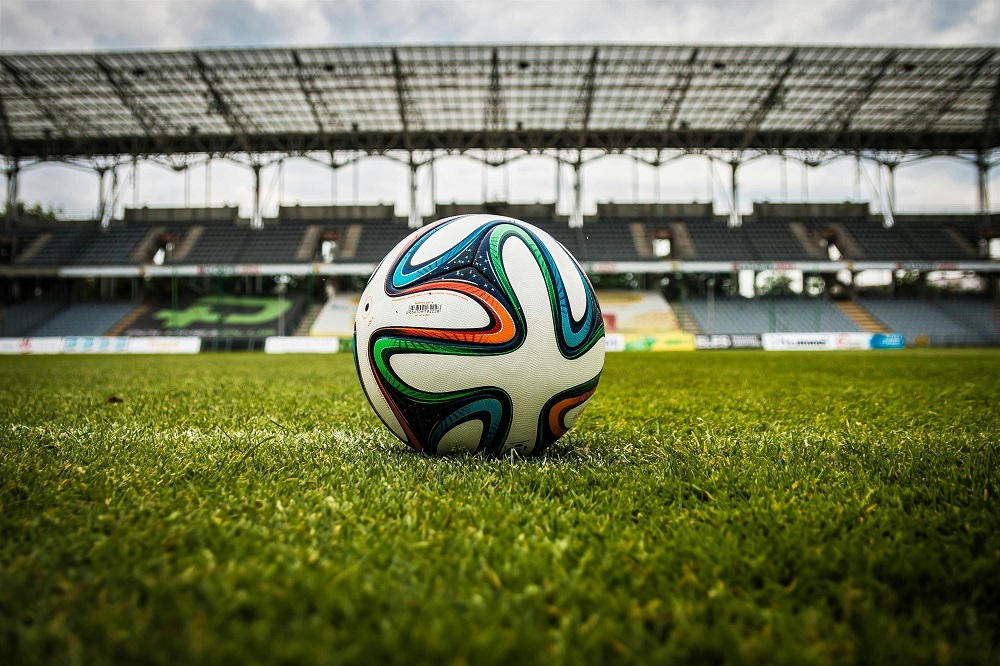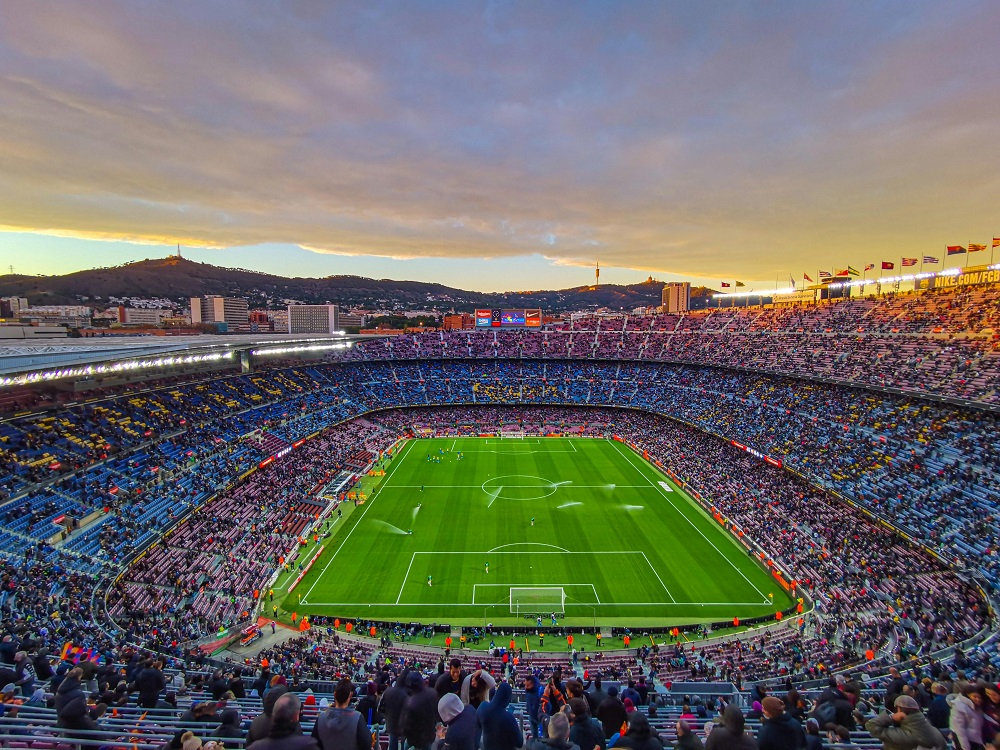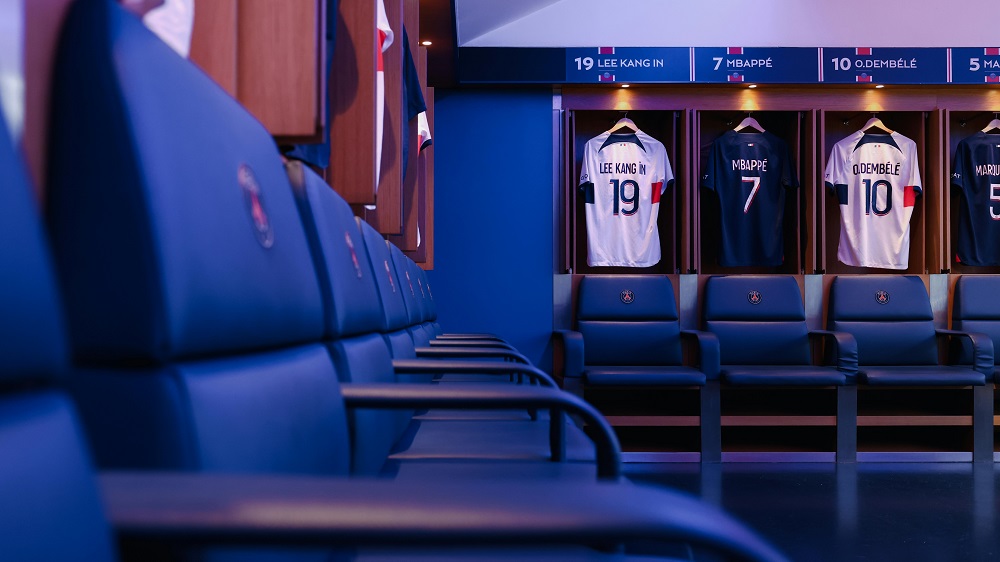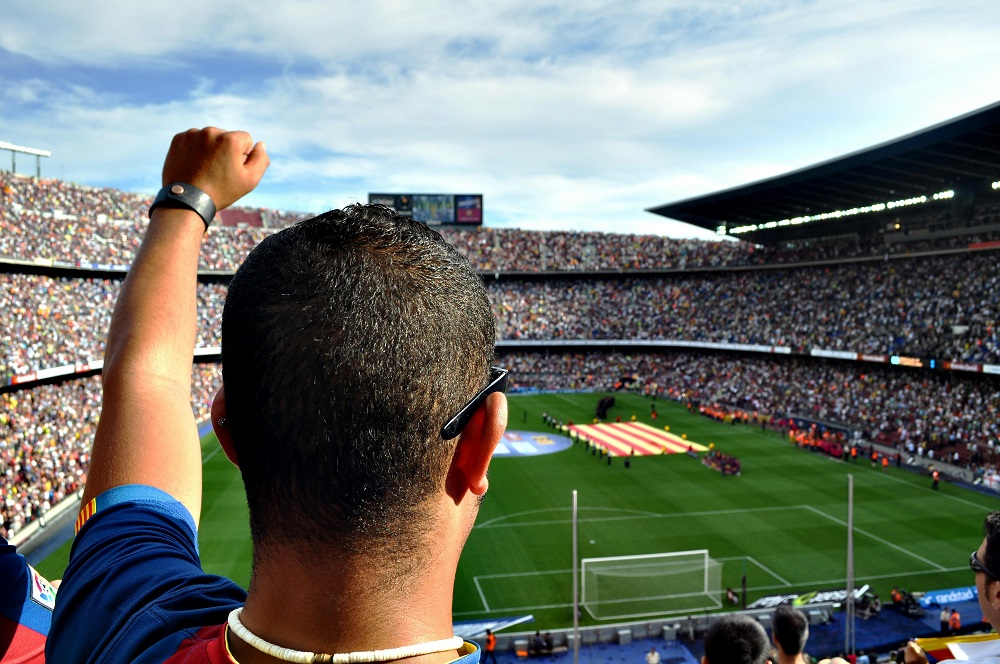Top global football leagues: the role of video surveillance
In August 2025, the new seasons of Europe’s top five football leagues will kick off: the English Premier League, Spanish La Liga, Italian Serie A, German Bundesliga, and French Ligue 1. As millions of fans worldwide eagerly anticipate thrilling matches, intriguing storylines, transfers, debuts, and the battle for the championship from the very first rounds, it’s worth noting that all of this is supported by the “invisible” hand of security. In this article, we will explore the pillars that uphold the safety and spectacle of games in the world’s most prestigious football leagues.

How CCTV operates in football stadiums
The safety of fans and players is the top priority for organizers, and modern surveillance systems play a critical role in achieving this. Beyond security, they are used for entrance control, identifying violators, and preventing unauthorized behavior.
At every stadium – whether it’s one of the world’s most competitive leagues like the English Premier League or the German Bundesliga with its ever-dominant Bayern Munich – dozens or hundreds of cameras are installed, covering:
- Entrances and exits : Cameras in these areas monitor crowd flows to ensure access control to the stadiums, as well as to detect and prevent the entry of suspicious individuals.
- Stadium stands: Video surveillance allows for monitoring spectator behavior – from detecting disturbances and fights to counting visitors and analyzing their demographics and emotions.
- Technical areas and field perimeter: Cameras capture unauthorized access to these zones. They can also provide footage for the VAR system to make decisions on controversial moments.
- Parking lots and surrounding areas: Cameras analyze parking occupancy and detect dangerous situations.
All cameras in the stadium are integrated into a unified system that is managed centrally and remotely. This not only helps monitor security but also enables quick responses to incidents and, if necessary, tracks people’s movements within the stadium to locate violators. Thus, video surveillance plays a key role in ensuring safety and order both inside and around the stadium.

Entrances and exits
Crowd detectors at entrances help prevent stampedes and redistribute crowd flows, while facial recognition facilitates seamless entry for VIPs. Instant QR code scanning integrated with access control systems makes stadium access comfortable for season ticket holders. Features like object recognition help prevent the smuggling of prohibited items into stadiums.
Stadium stands
Video surveillance in the stands serves a dual purpose. Primarily, it ensures spectator safety through measures such as:
- Detection of abandoned objects
- Facial recognition
- Detection of smoke and fire
- Sound recognition (gunshots, breaking glass, etc.)
- Object recognition
Thus, intelligent security systems detect potential threats and alert authorities before the situation escalates.
Equally important is the task of collecting statistical data from the stands:
- Number of unoccupied seats
- Age of spectators
- Gender distribution of spectators
- Emotions of spectators
Technical areas and field perimeter
Video surveillance not only records attempts at unauthorized access to these areas but also prevents them through instant security alerts and alarm activation. It’s also crucial that cameras record video archives for analyzing incidents and disputes if they arise. The problems detector can recognize sudden changes in the camera image (glare or blackout), camera tampering, communication loss, and failure to update camera images. Video analytics features like AI-powered ball tracking capture on-field action in unprecedented detail. Additionally, an automatic goal detection system with live streaming to YouTube provides an unforgettable experience for fans worldwide.
Parking lots and surrounding areas
CCTV enables detection of available and occupied parking spaces, receiving notifications, and displaying information on boards. Additionally, video analytics can be used to detect illegal parking in restricted areas. Text recognition capabilities allow for quick identification of vandals, while license plate recognition instantly alerts to the arrival of important individuals.

Real-world use cases of video surveillance in football over the years
The British police created the world’s first CCTV database with over 7,000 images of offenders. Facial recognition has aided in the arrest of more than 500 suspected criminals including those visited the football matches.
At football matches in the UK, CCTV helps identify hooligans. Leeds United identified several fans through CCTV footage after Manchester United players were hit by projectiles. The club handed the footage to West Yorkshire Police that had issued lifetime bans to those responsible.
In the UAE, Zayed Sports City, which hosts 1.7 million fans annually, deployed a solution with over 600 smart video cameras of various functions and types across the facility. The system automates many routine security tasks, reducing the risk of missed incidents and speeding up response times.
Chelsea took a decisive action against ticket touts using undercover surveillance operations. Eleven touts were issued with court injunctions, one of whom received a six-month prison sentence for contempt of court. The total cost recovery amounted to over £170,000.
In Delhi, during IPL matches, the police use buses equipped with Facial Recognition Systems (FRS), strategically placed at key access points to the stadium. Each bus is fitted with two cameras connected to FRS technology, which scans and identifies individuals.
Future trends
The future of security at sports events will be shaped by breakthrough technologies: fifth-generation (5G) networks, edge computing, and augmented reality systems. Modern security solutions include a range of innovative tools:
- Energy-efficient cameras with solar panels and wireless connectivity;
- AI-powered video surveillance systems;
- Smart Internet of Things (IoT) sensors.
This technological arsenal not only prevents potential threats before they arise but also significantly optimizes crowd management at sports venues.

Why Xeoma video surveillance is a worthy choice for top football leagues?
Xeoma offers:
- Over 100 features, including AI-powered video analytics.
- Flexible deployment: fully on-premise, cloud-based, or hybrid with Xeoma Cloud.
- Unlimited client connections at no extra cost.
- Complete customization of server and client, including functionality, appearance, and branding.
- Works with 99% of cameras, regardless of brand.
- Cross-platform support: Windows, Linux, Linux/ARM, Mac OS X, Android, iOS.
- User-friendly interface, comprehensive documentation, and dedicated support.
- Option to create your own cloud service for subscription-based revenue.
Discover Xeoma’s potential with a free demo license and see how it transforms video surveillance for football championships and more.